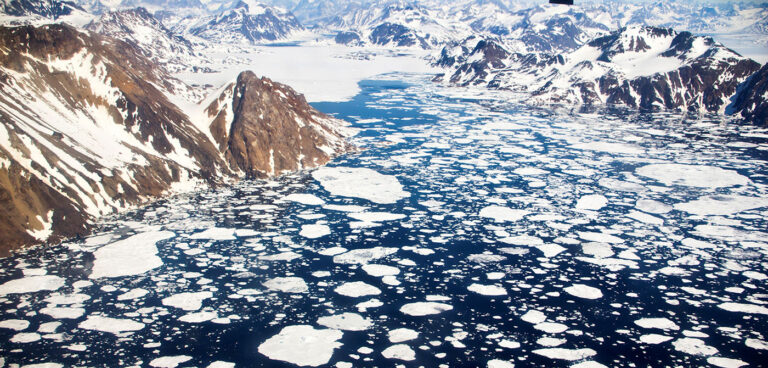Ice sheets in Antarctica and Greenland are melting six times faster than in the 1990s, according to satellite observations.
The research was conducted by an international team of 89 polar scientists from 50 organizations.
The Ice Sheet Mass Balance Intercomparison Exercise team combined 26 surveys to calculate changes in the mass of ice sheets between 1992 and 2018.
The assessment was supported NASA and the European Space Agency, with the survey taking measurements from satellites including NASA’s Ice, Cloud and Land Elevation Satellite and the joint NASA-German Aerospace Center Gravity Recovery and Climate Experiment.
It was calculated that the two ice sheets lost 81 billion tons per year in the 1990s compared with 475 billion in the 2010s.
Erik Ivins at NASA’s Jet Propulsion Laboratory in Southern California, who led the study alongside Andrew Shepherd from the UK’s University of Leeds, said, “Satellite observations of polar ice are essential for monitoring and predicting how climate change could affect ice losses and sea level rise. While computer simulations allow us to make projections from climate change scenarios, the satellite measurements provide prima facie, rather irrefutable, evidence.”
Combined losses from both ice sheets peaked at 552 billion tons per year in 2010 and averaged 475 billion for the rest of the decade.



